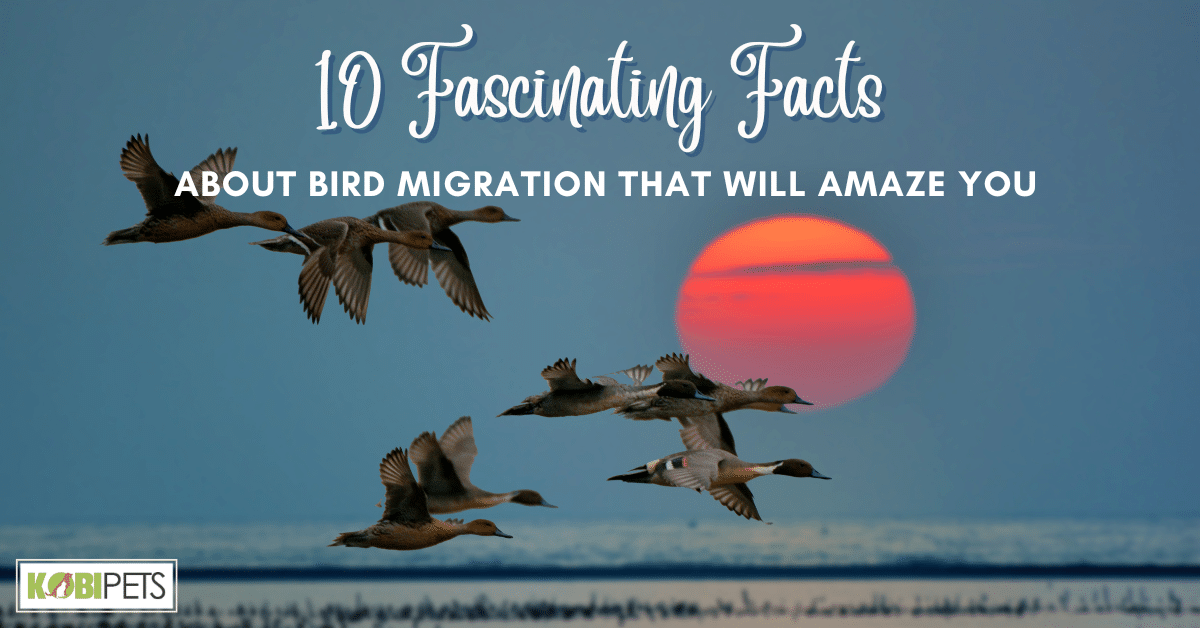
Bird migration is a wonder of nature, with facts like the Arctic Tern’s 44,000-mile journey. Birds use magnetic fields and celestial navigation to navigate precisely, showcasing their incredible abilities. Migration isn’t just survival; it’s a testament to nature’s marvels.
Bird migration is a captivating and mysterious natural phenomenon. Each year, countless birds embark on incredible journeys across continents. This article explores the significance of bird migration in the natural world and reveals ten astonishing facts that highlight the wonder of this remarkable phenomenon.
1. The Marvelous Journey
Bird migration is a captivating phenomenon, driven by a primal need for survival and breeding success. It’s the annual odyssey that countless species undertake, spanning continents and hemispheres. Some birds embark on truly astonishing journeys, none more so than the Arctic Tern, which covers a staggering 44,000 miles in a round-trip migration between its Arctic breeding grounds and Antarctic wintering areas. These epic voyages are a testament to the enduring spirit and determination of these remarkable avian travelers.

2. The Timing Is Everything
Birds’ migrations are meticulously timed affairs, synchronized with the changing seasons. As daylight wanes and temperatures shift, it triggers an innate response in their biological clocks. The need to find optimal conditions for breeding and feeding drives birds to migrate when resources are abundant.
Timing is critical; arriving too early or too late can spell disaster. Birds’ precision in this regard is a testament to the eons of evolutionary fine-tuning that underlie their migratory patterns, ensuring their survival and reproductive success.
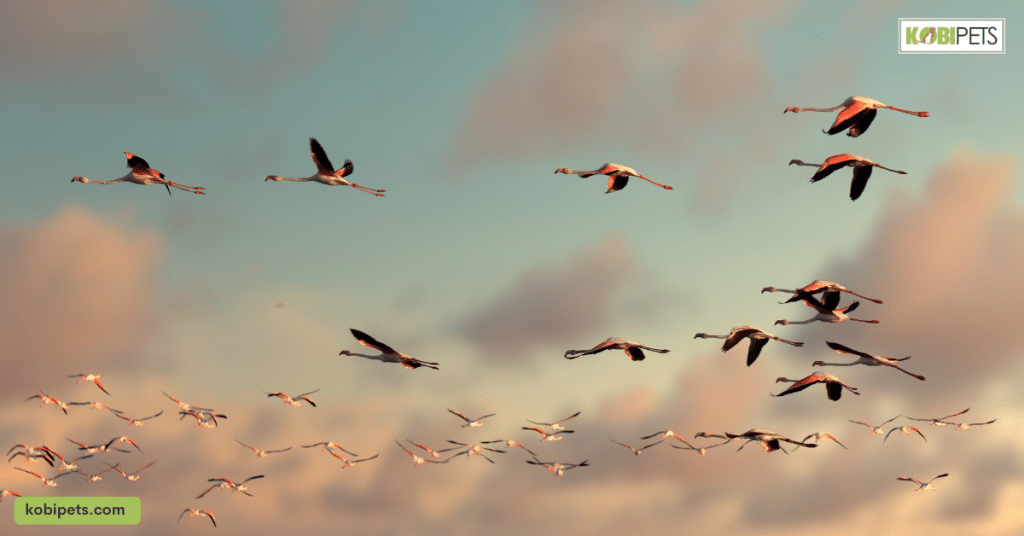
3. Navigational Superstars
Migratory birds are navigational virtuosos, relying on a suite of remarkable skills to find their way across vast distances. They employ a celestial GPS, using the sun, moon, and stars as their guides. Magnetic fields act as a natural compass, helping them maintain their course, while familiar landmarks offer reference points.
Species like the homing pigeon and the Arctic Tern are renowned for their precise navigation, often returning to the same breeding grounds year after year, spanning thousands of miles with unerring accuracy. Their abilities continue to baffle and fascinate scientists.

4. Solo or Squad?
Birds employ various migration strategies, some solitary and others in vast flocks. The advantages of group migration are multifaceted: safety in numbers, reduced energy expenditure, and improved navigation through collective wisdom.
Witnessing the synchronized spectacle of migrating flocks, like the Sandhill Cranes or Snow Geese, is a testament to the power of cooperation in the natural world. These airborne communities exemplify the synergy that can make migration not just a journey but a mesmerizing display of avian teamwork.

5. Pit Stops and Refueling
Migration isn’t just about relentless flight; it’s a series of strategically timed pit stops. These rest areas, often located in crucial habitats like wetlands and forests, provide migrating birds with essential nourishment and respite. During these breaks, birds refuel on nutrient-rich foods, replenishing their energy reserves for the next leg of their journey.
These stopover sites are scattered worldwide, forming vital links in the migratory routes of countless species, and showcasing the interconnectedness of ecosystems on a global scale.
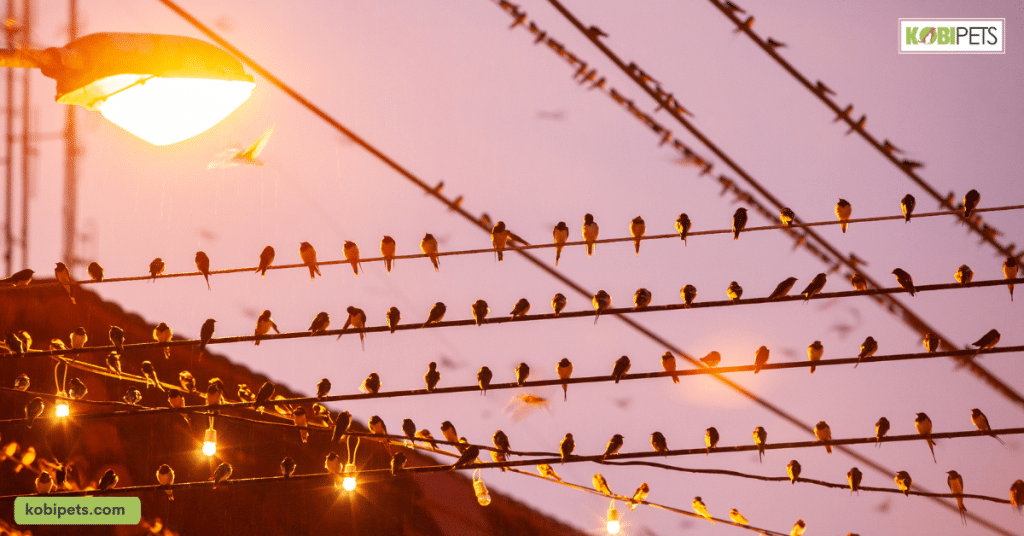
6. Extraordinary Endurance
Migratory birds are masters of endurance, equipped with a suite of remarkable physiological adaptations that enable them to undertake grueling long-distance flights. These adaptations include the ability to reduce sleep, allowing them to fly continuously for days or even weeks.
Additionally, migratory birds are expert fat stores, building up reserves before embarking on their journeys to fuel their flights. This incredible stamina enables them to cover thousands of miles without succumbing to exhaustion, a testament to the remarkable resilience of these avian travelers.

7. Challenges and Threats
While migratory birds exhibit astonishing resilience, they face an array of obstacles during their journeys. Natural challenges include treacherous storms, harsh weather conditions, and the constant threat of predators. However, perhaps the most pressing challenges are of human origin. Habitat loss due to urbanization and agriculture, coupled with the adverse impacts of climate change, disrupt traditional migration routes and threaten the survival of many species.
Conservation efforts are crucial in safeguarding these remarkable migrations, involving measures such as protected areas, habitat restoration, and international cooperation to mitigate these threats and ensure the continued survival of migratory bird populations.

8. The Wonders of Communication
Communication is a vital component of bird migration. While flying in a group, birds employ a range of methods to stay connected with their fellow travelers. Calls, both audible and ultrasonic, serve as signals that help maintain group cohesion and coordinate movements. Visual cues, such as flock formations and body language, also play a significant role in their synchronized flight.
Some species even engage in cooperative behavior, taking turns leading the flock and sharing the demanding task of breaking through headwinds. These intricate communication strategies underscore the remarkable social bonds and collaborative efforts that characterize the world of migratory birds.
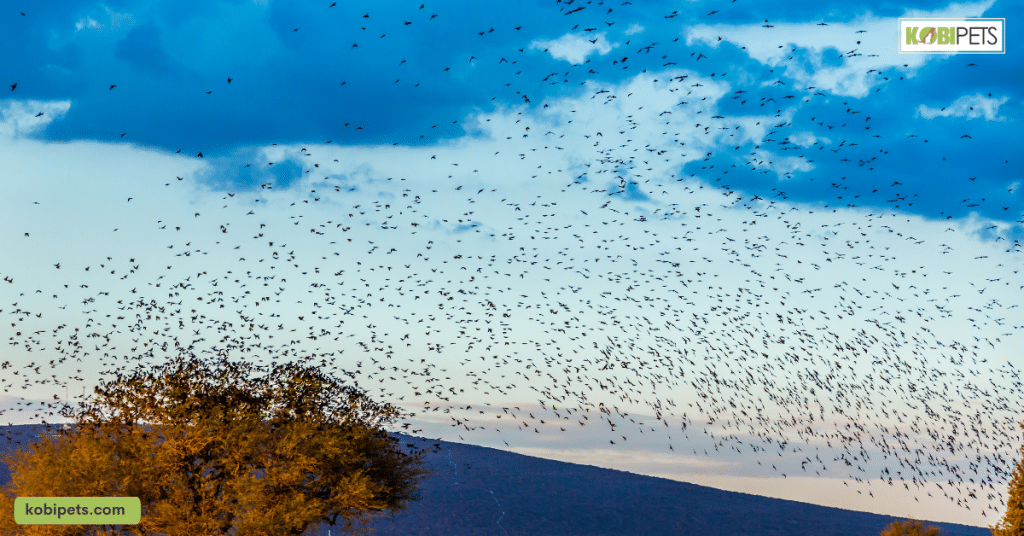
9. Unexpected Pitfalls
Migratory birds face a myriad of unexpected pitfalls during their arduous journeys. Beyond the known challenges like weather and predators, there are lesser-known hazards that these avian travelers contend with. Some birds risk collision with artificial structures like skyscrapers and wind turbines, resulting in fatalities.
Others, like the Bar-tailed Godwit, push their physical limits, occasionally flying nonstop for over a week without rest. These remarkable strategies are not without risks, but they showcase the extraordinary lengths to which some species have evolved to cope with the unpredictable challenges of migration.
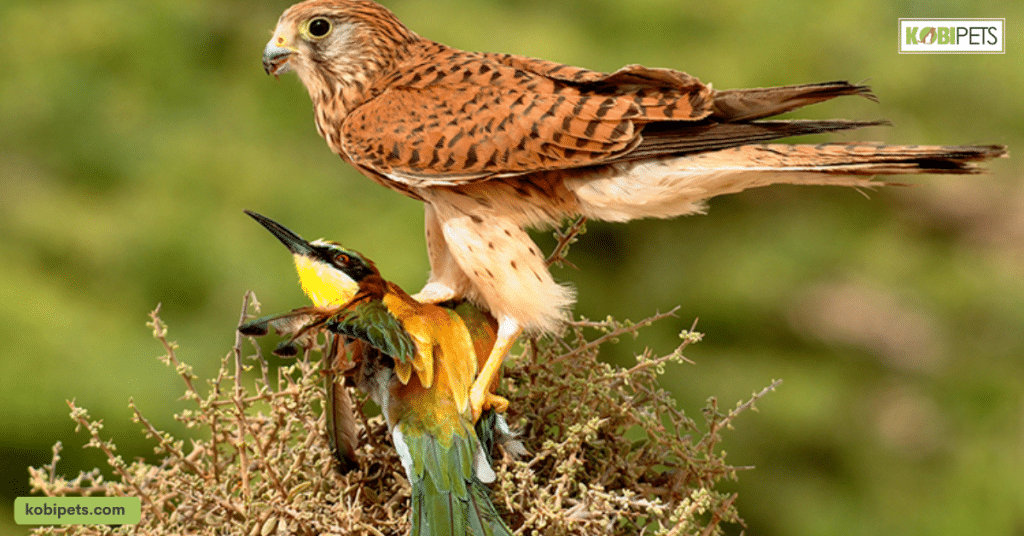
10. The Mysteries of Return
The journey back to breeding grounds presents an intriguing puzzle in the world of bird migration. How do birds find their way with such precision? Theories suggest that they rely on a combination of innate genetic coding and environmental cues, such as the Earth’s magnetic fields, star patterns, and even olfactory memory.
Ongoing research in this field continues to unravel the intricacies of how birds remember their routes and locations, shedding light on the remarkable navigational abilities of these avian adventurers.
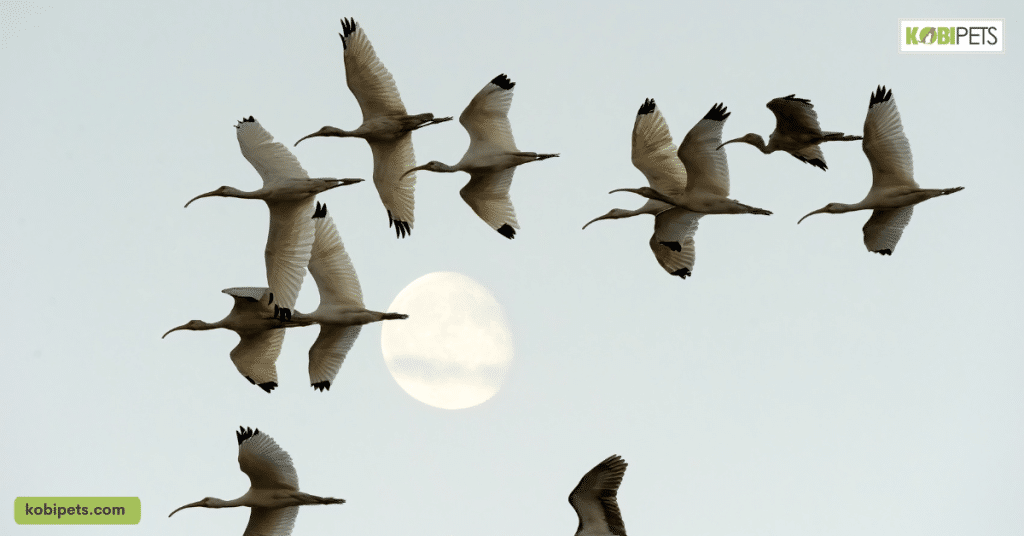
In conclusion
Bird migration is a remarkable testament to the wonders of nature. While migratory birds demonstrate extraordinary endurance, communication, and navigation skills, they also face numerous challenges, including human-induced threats. To preserve their incredible journeys and the ecosystems they traverse, conservation efforts are vital. These avian travelers serve as reminders of our planet’s interconnectedness and the need to protect the natural world for future generations.






